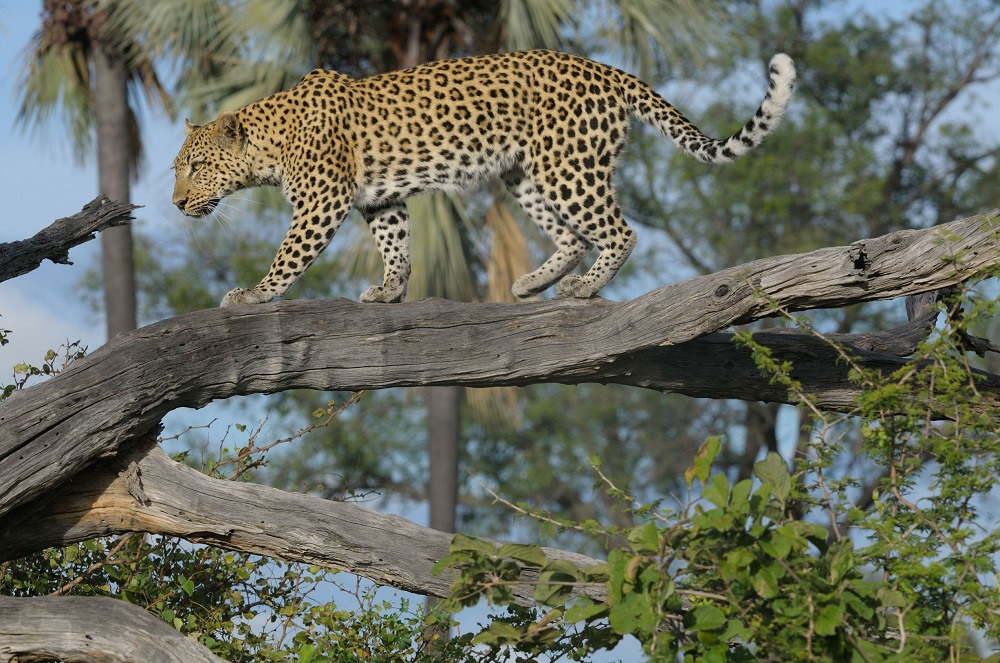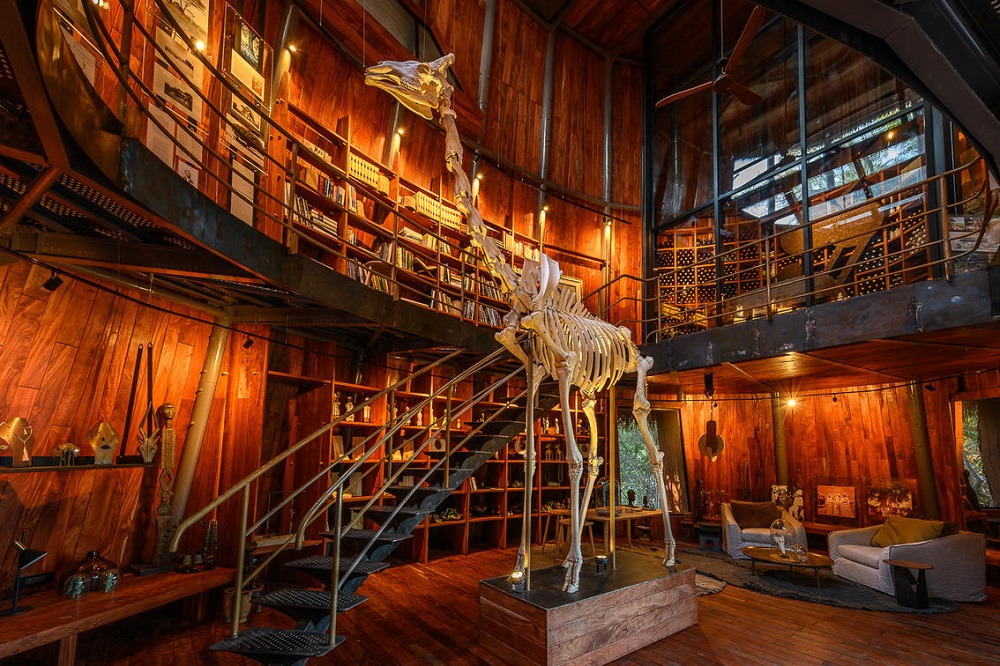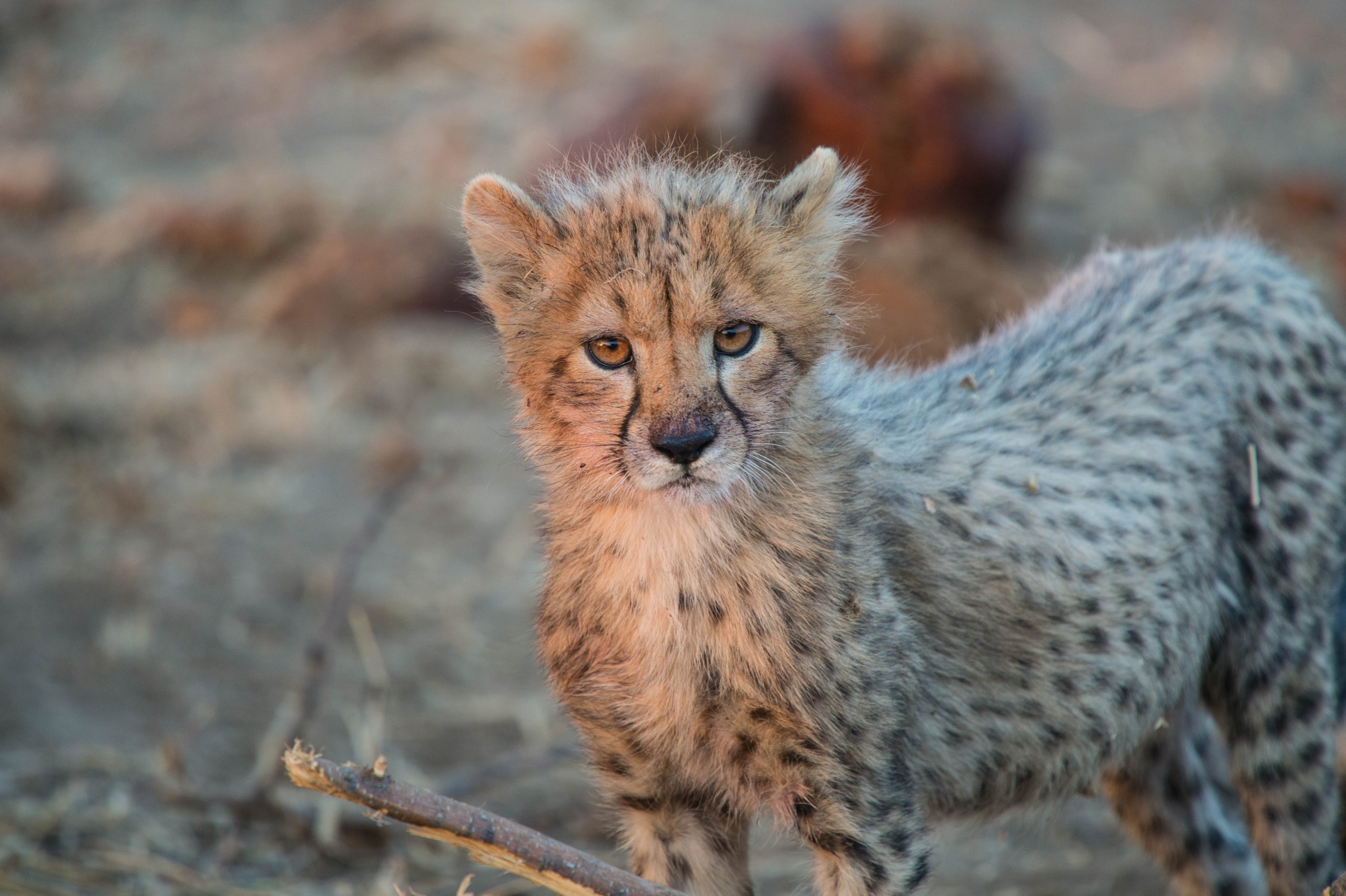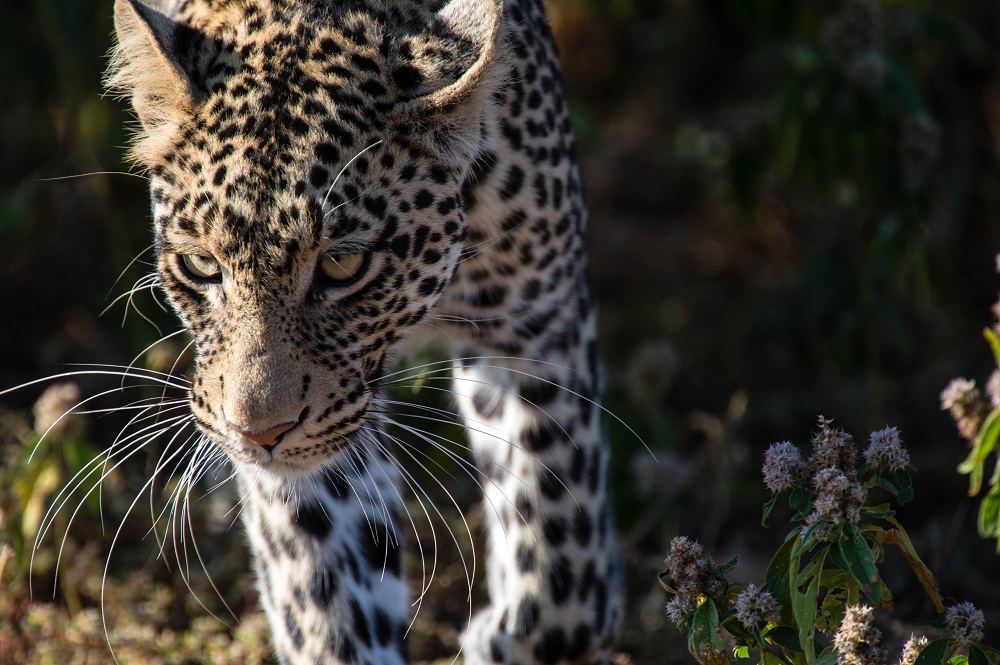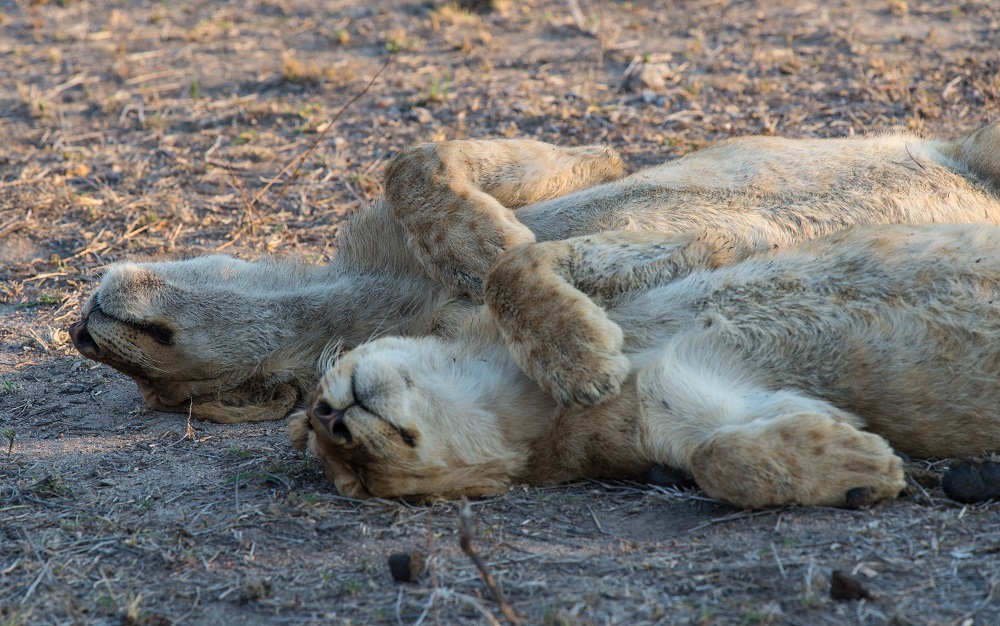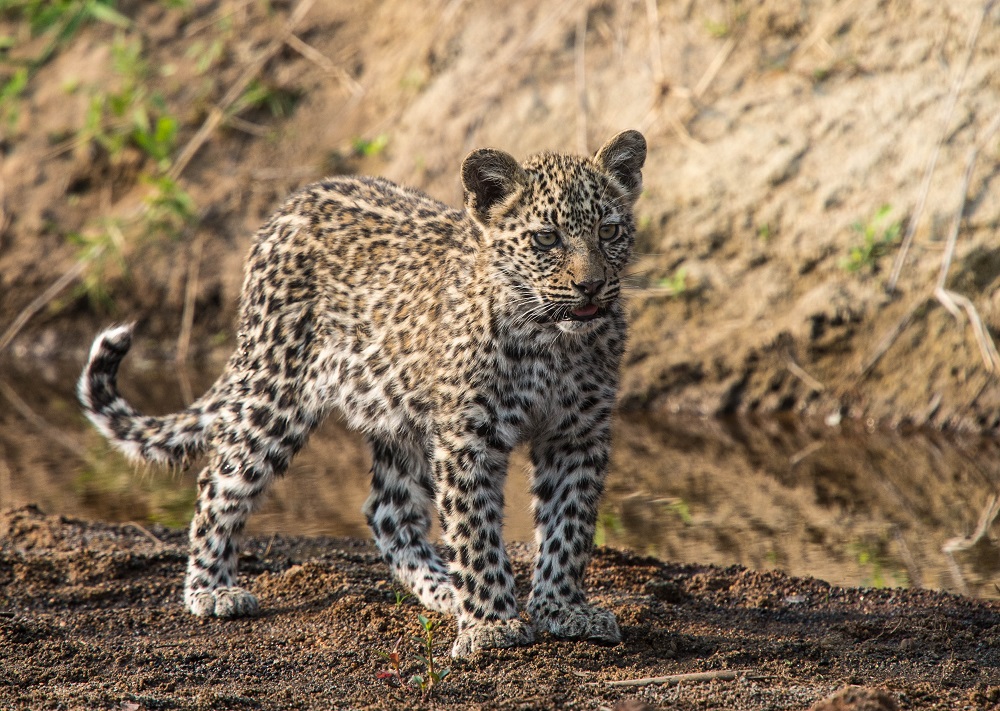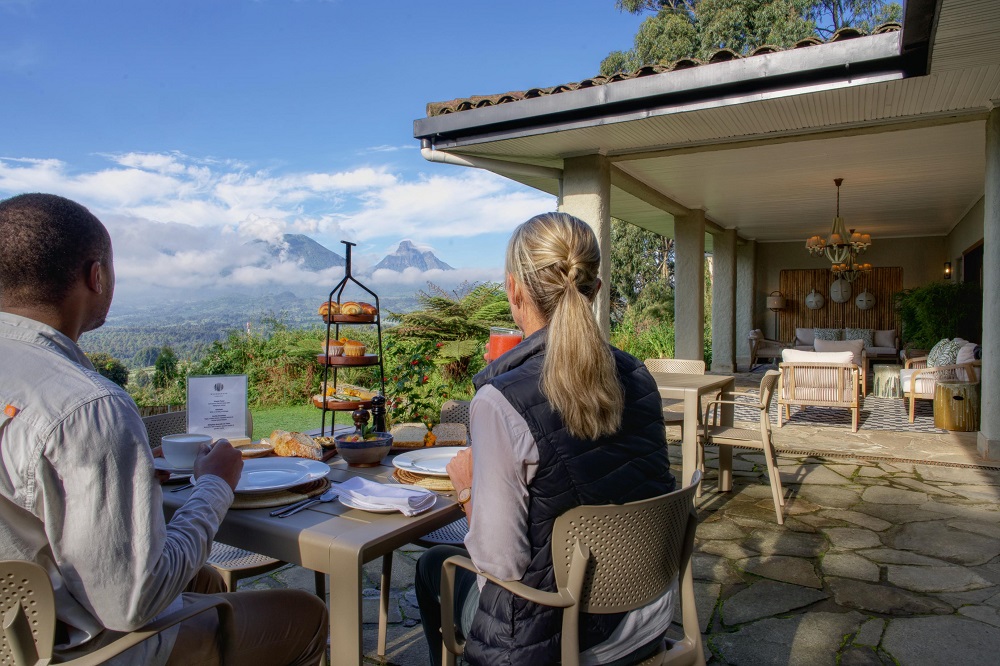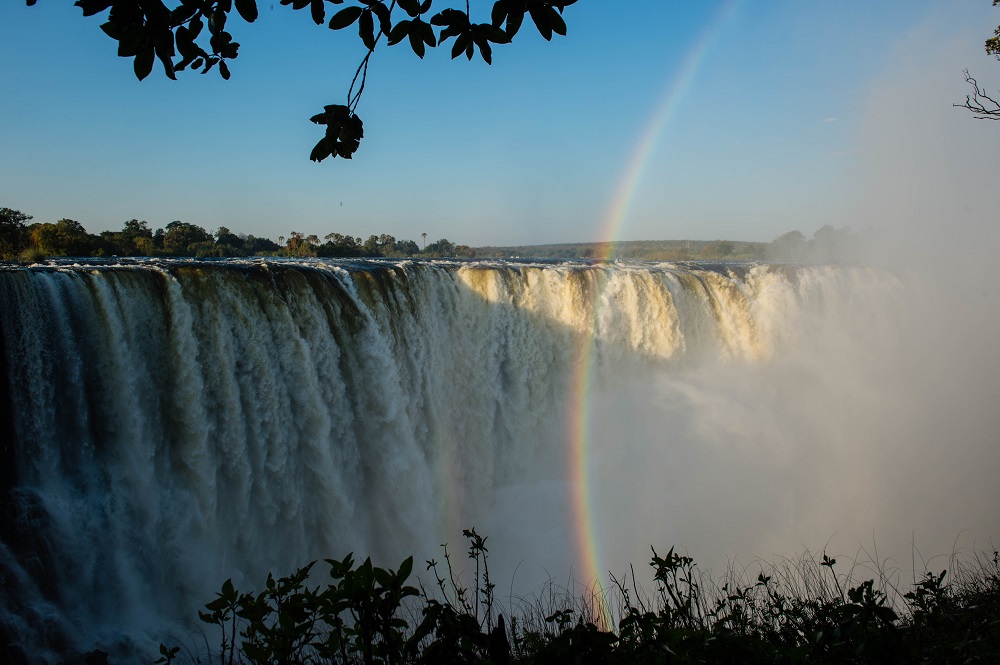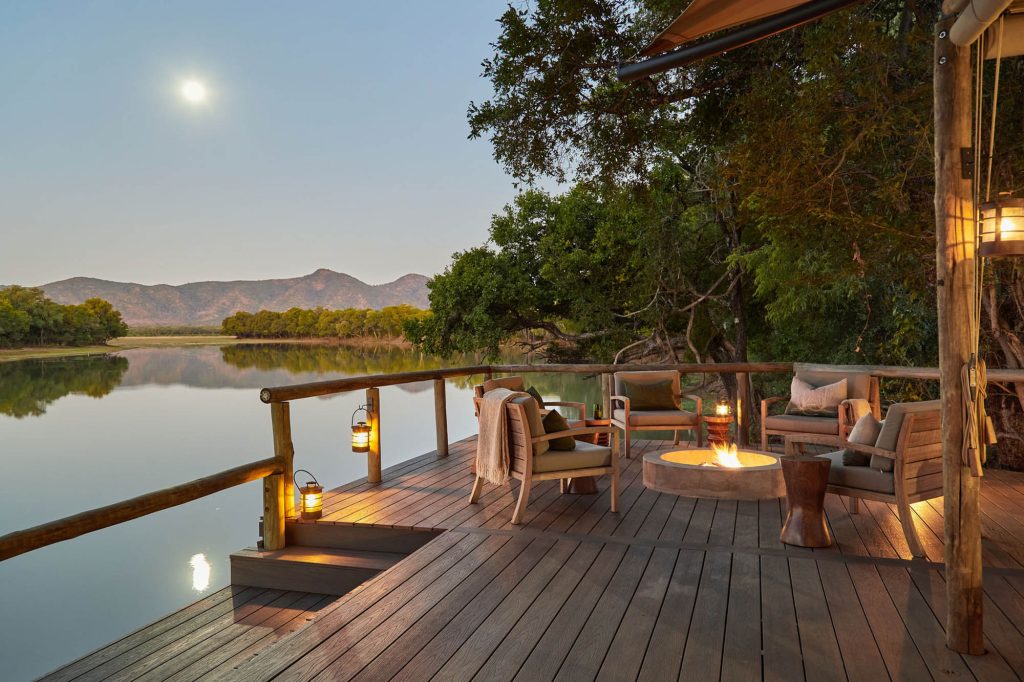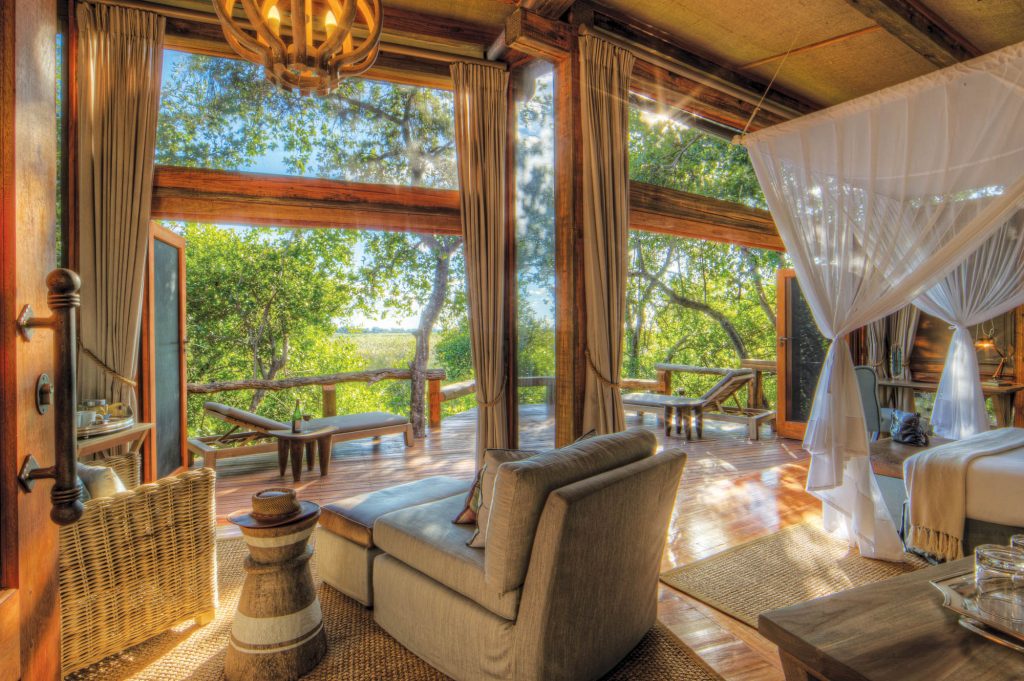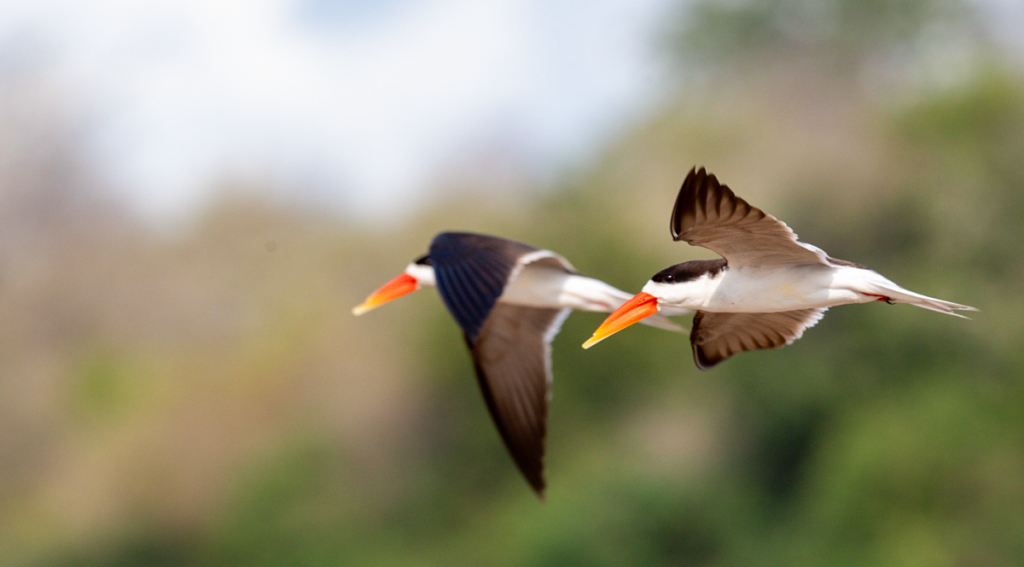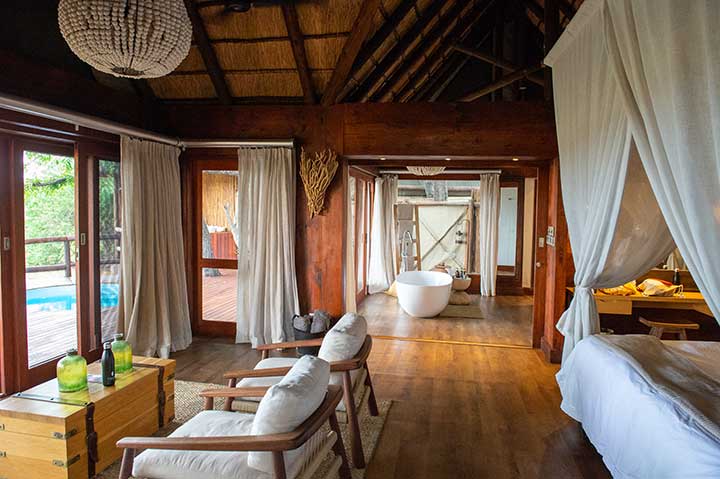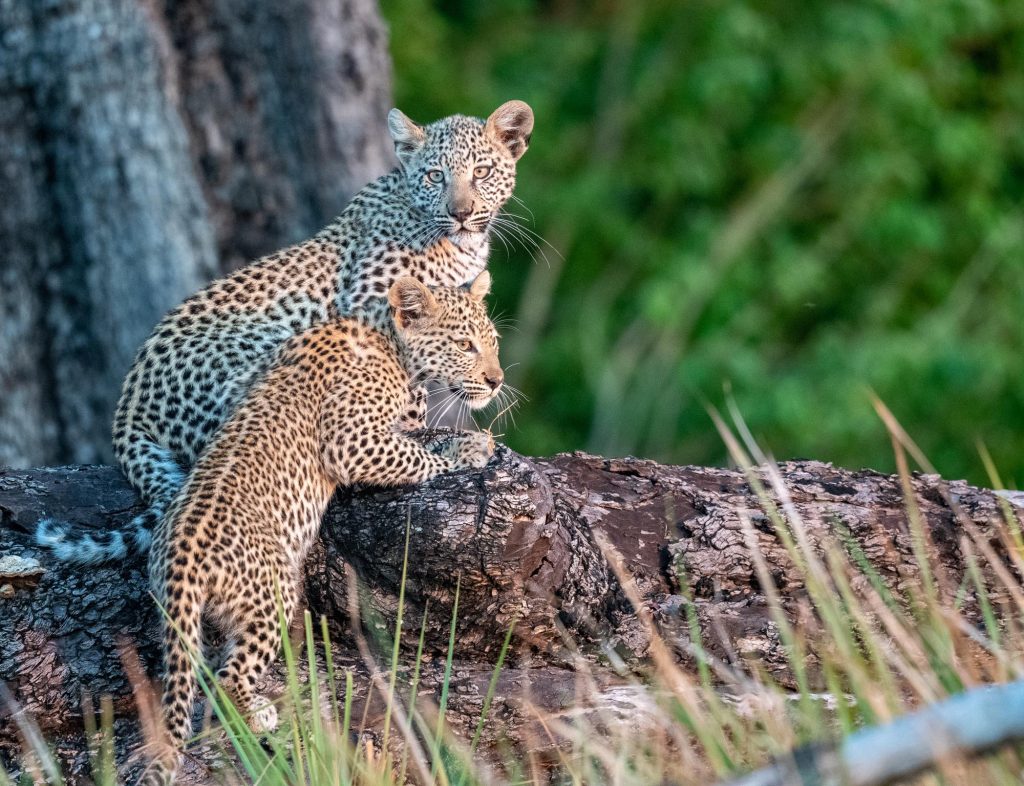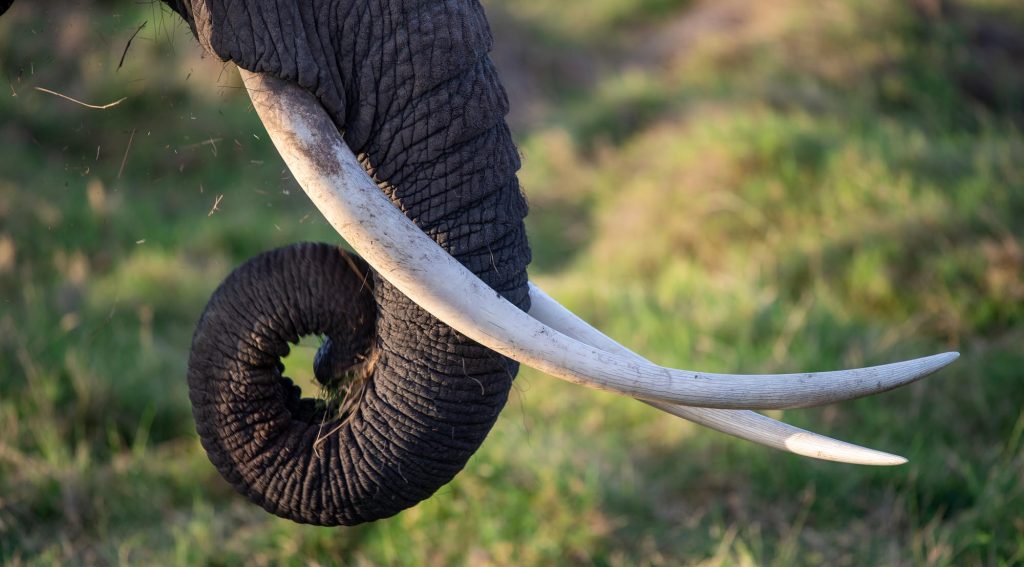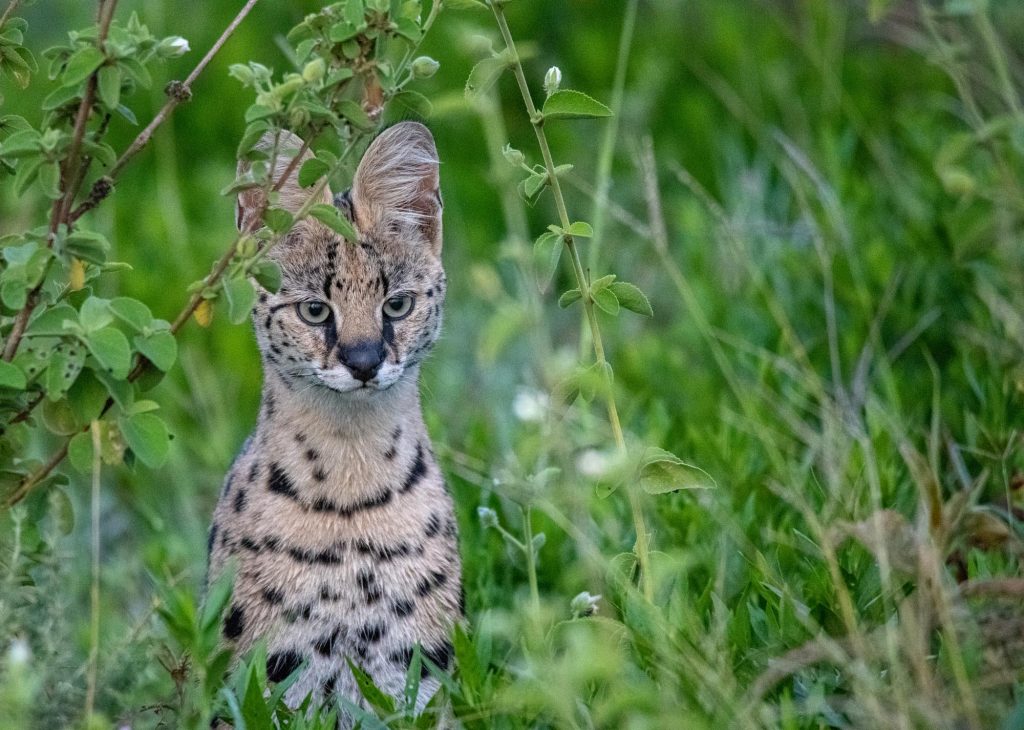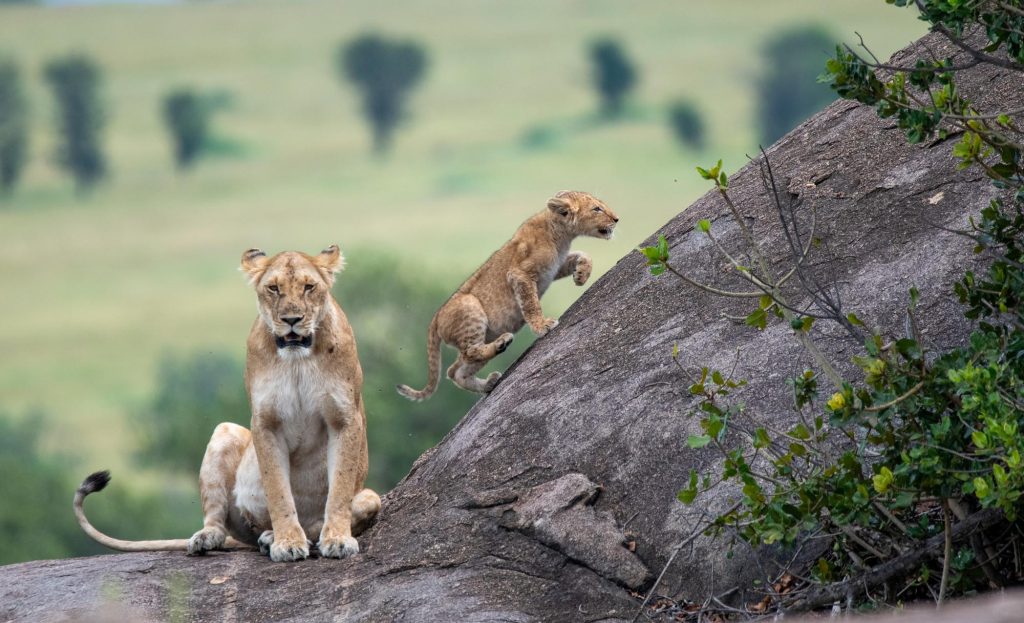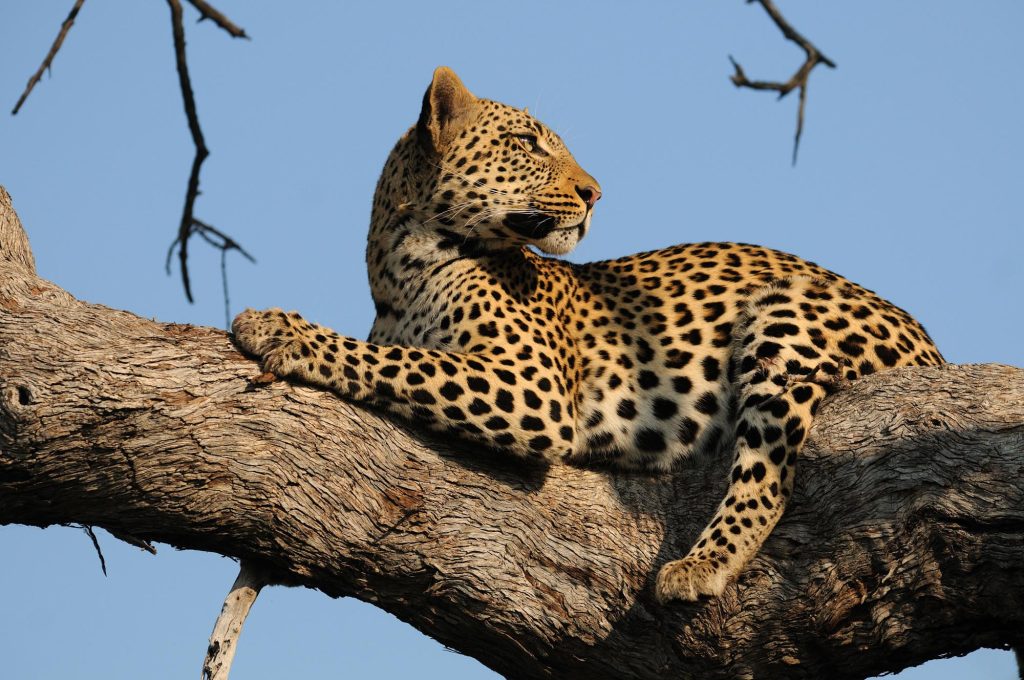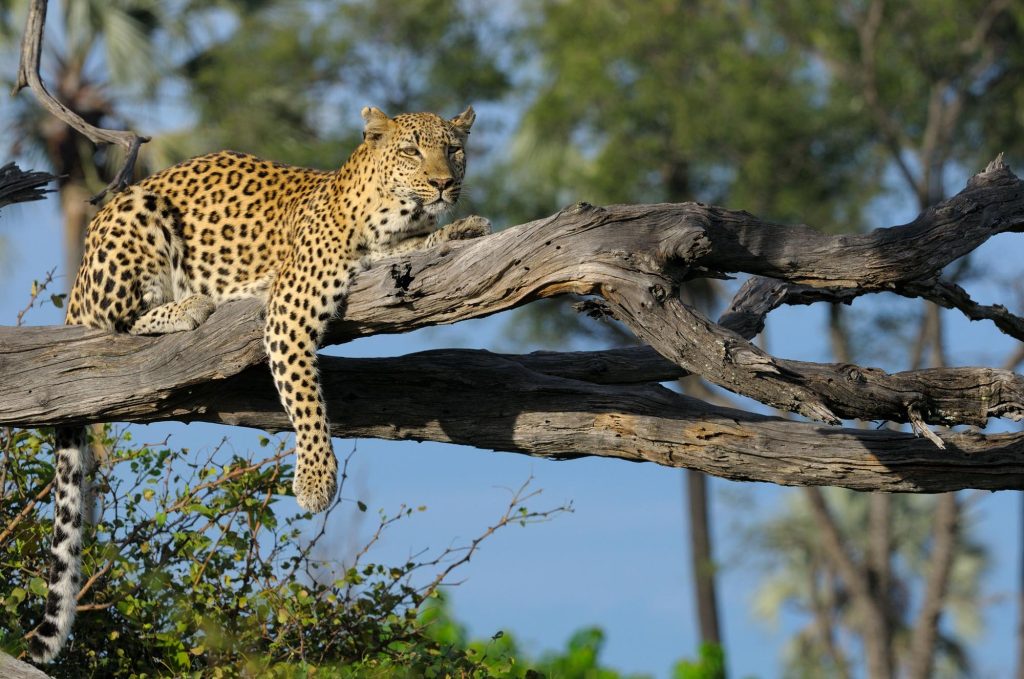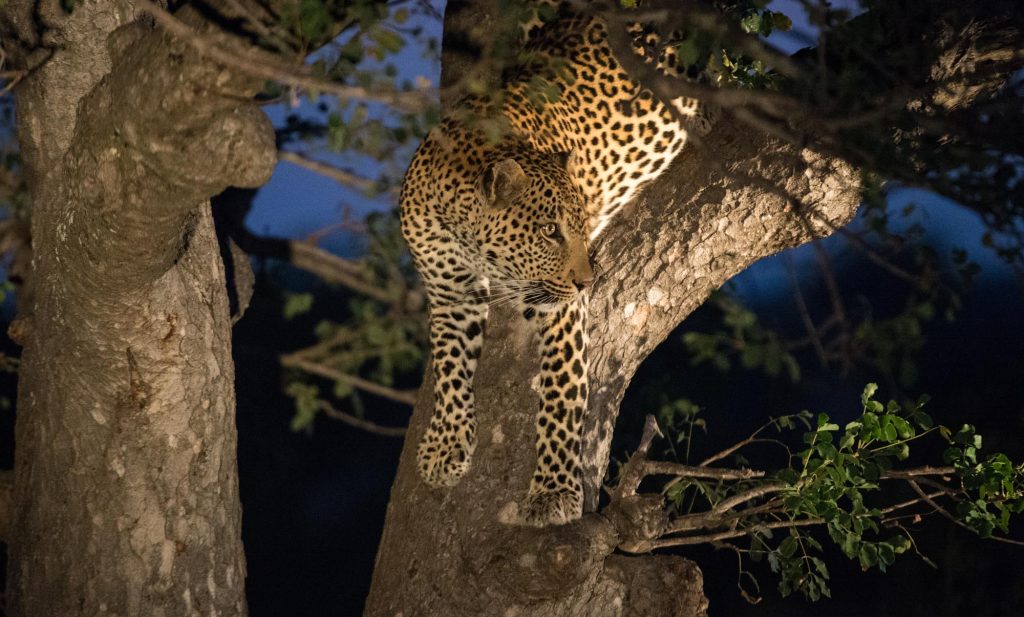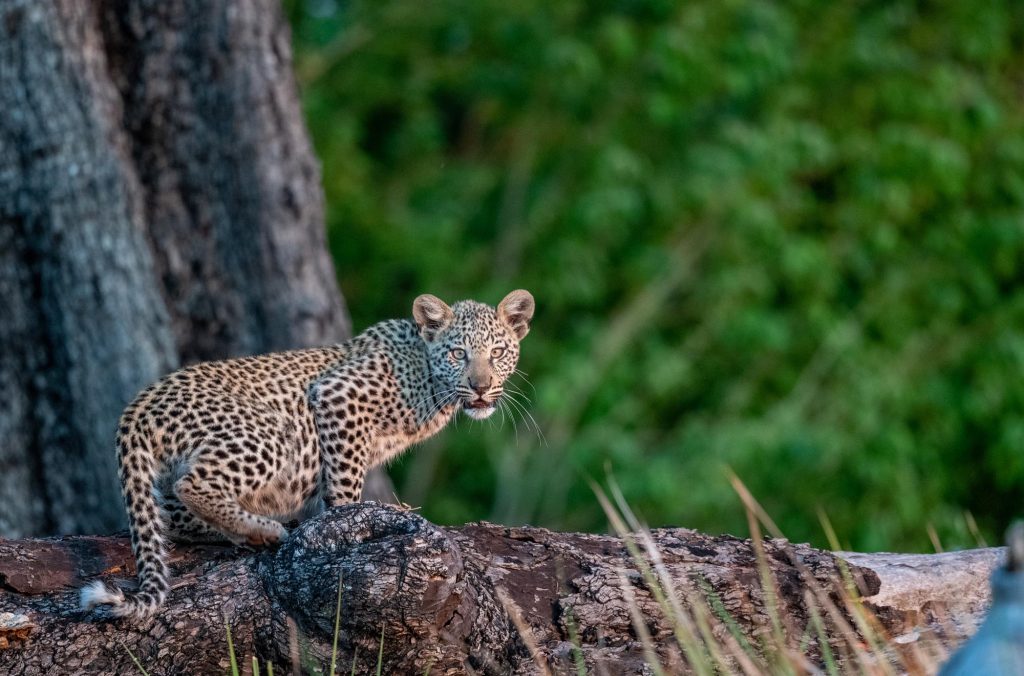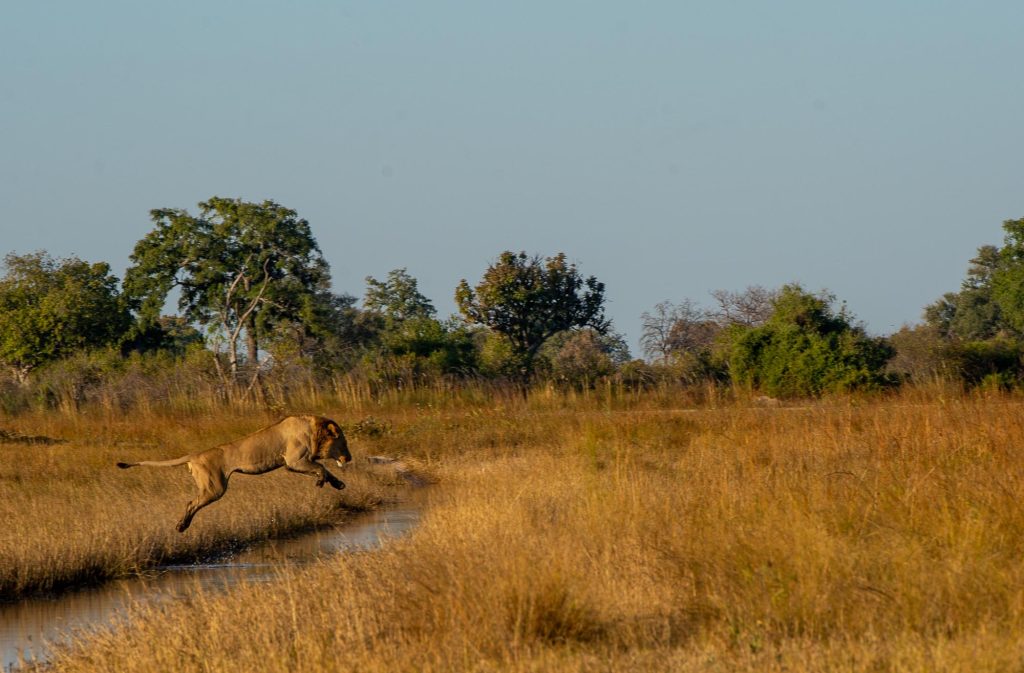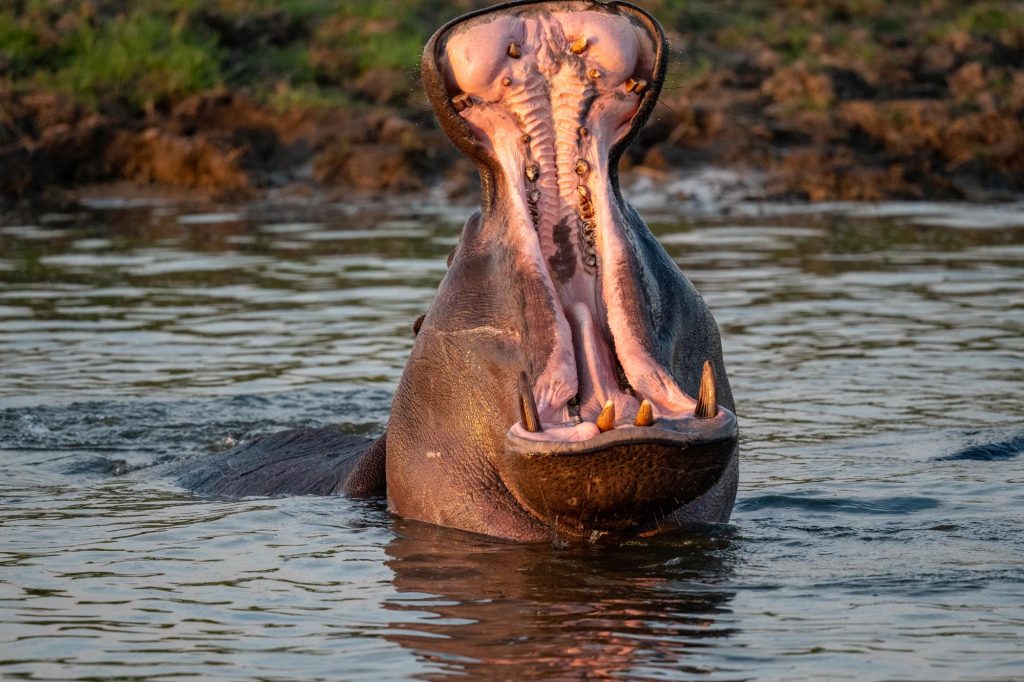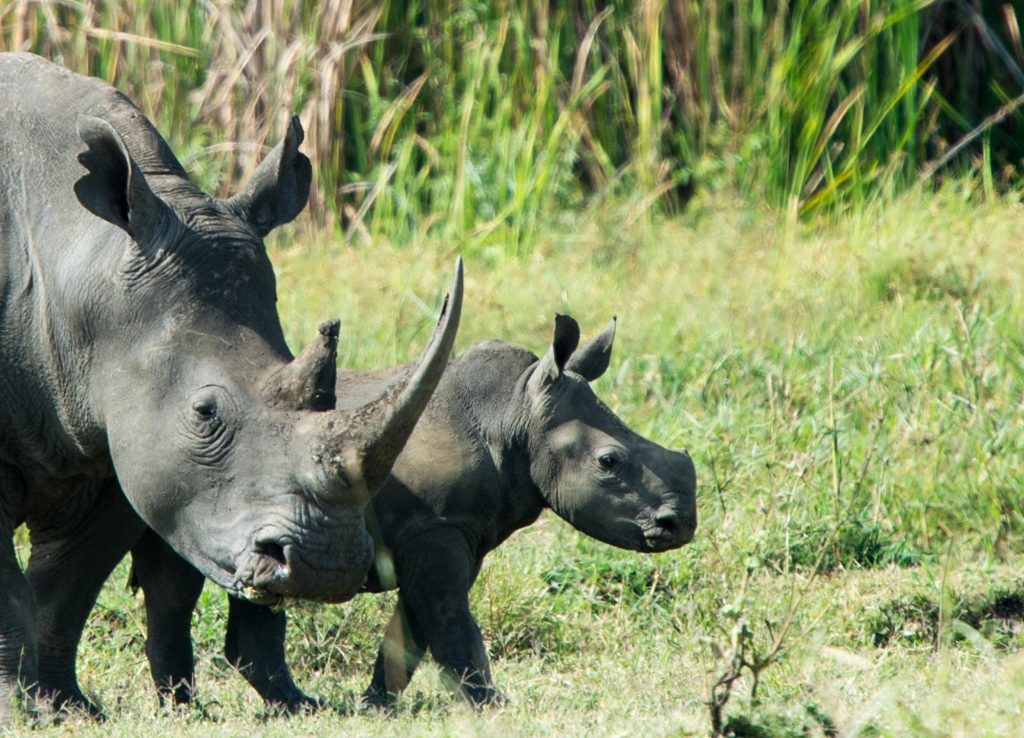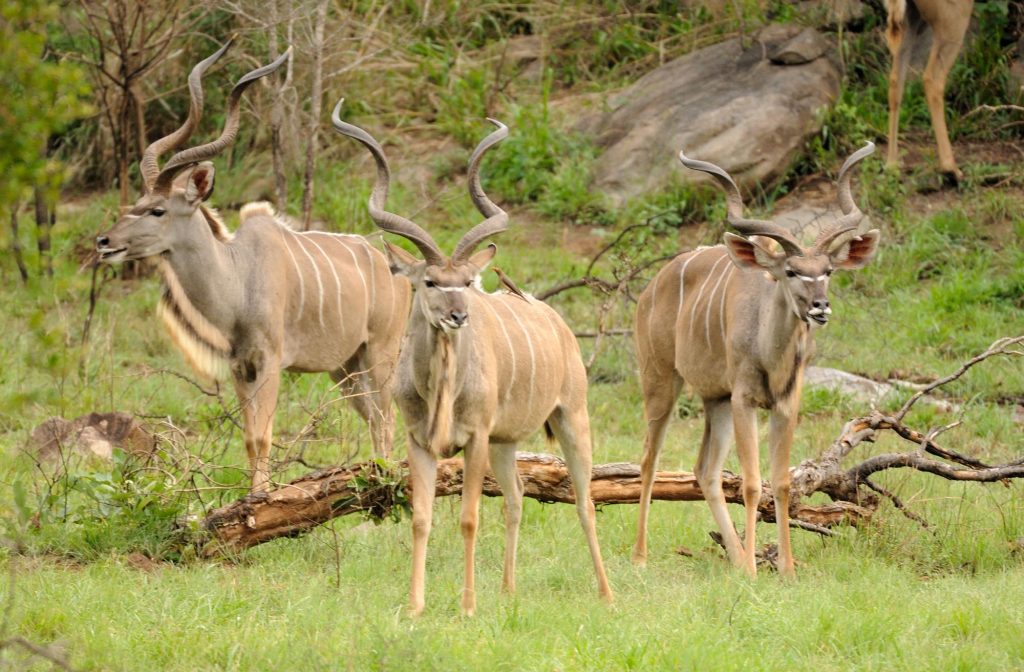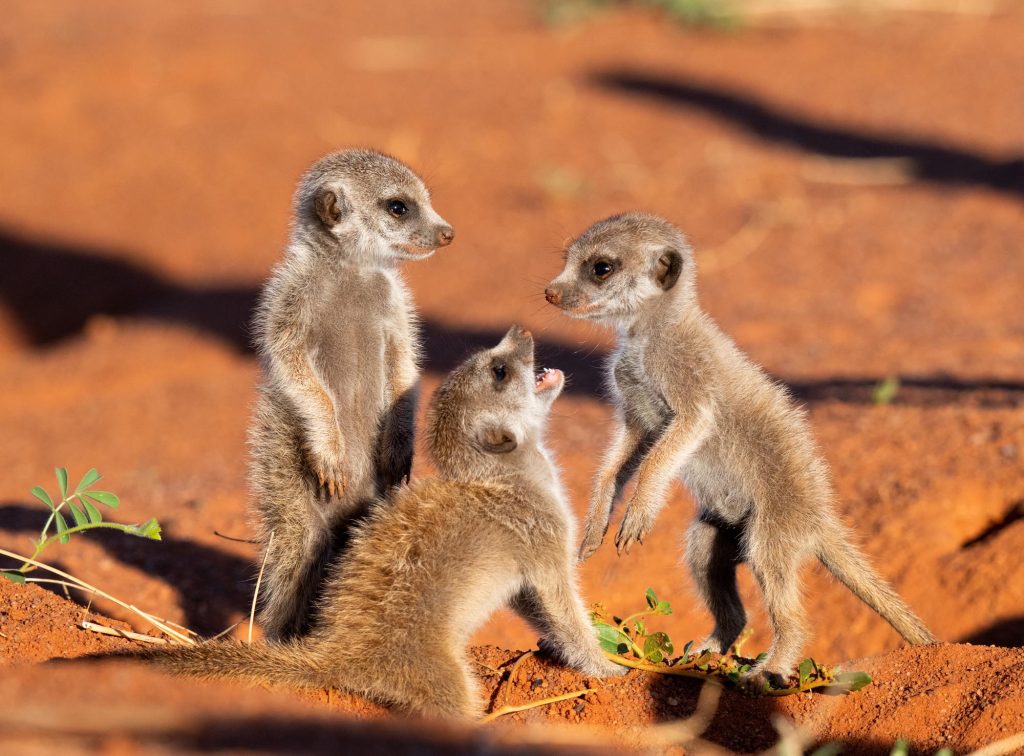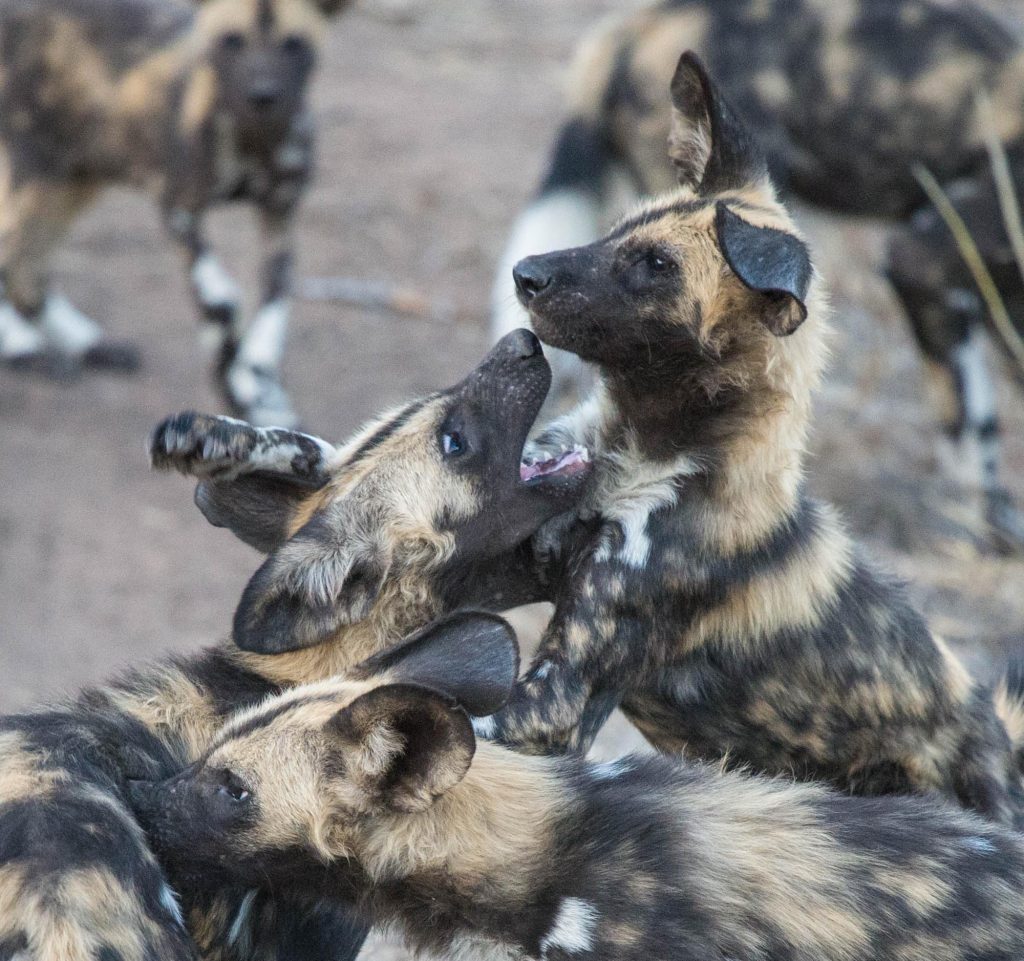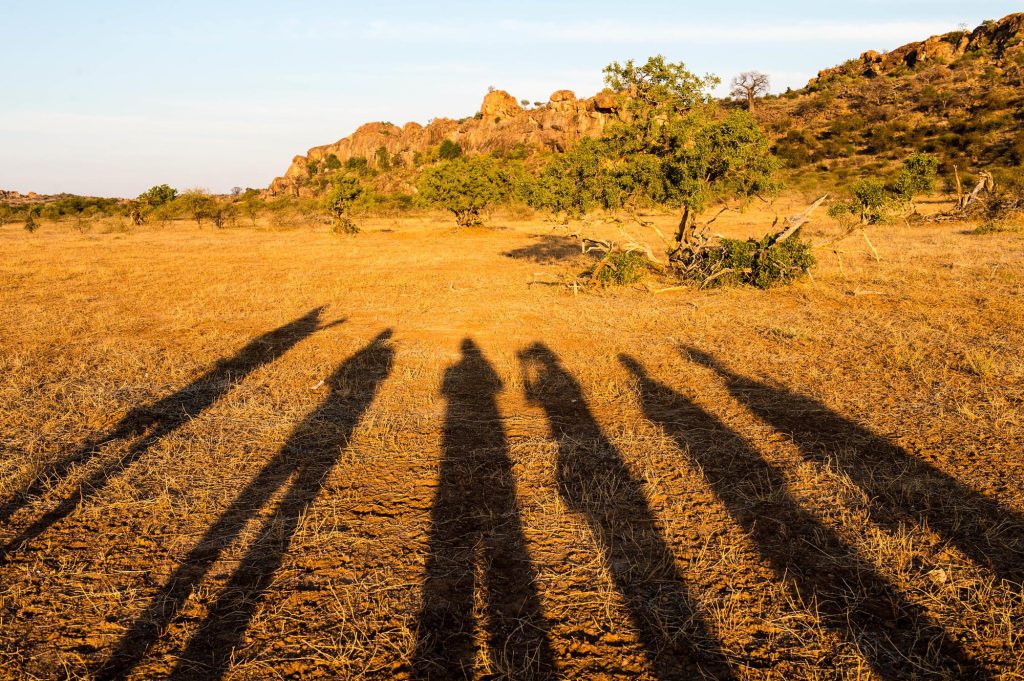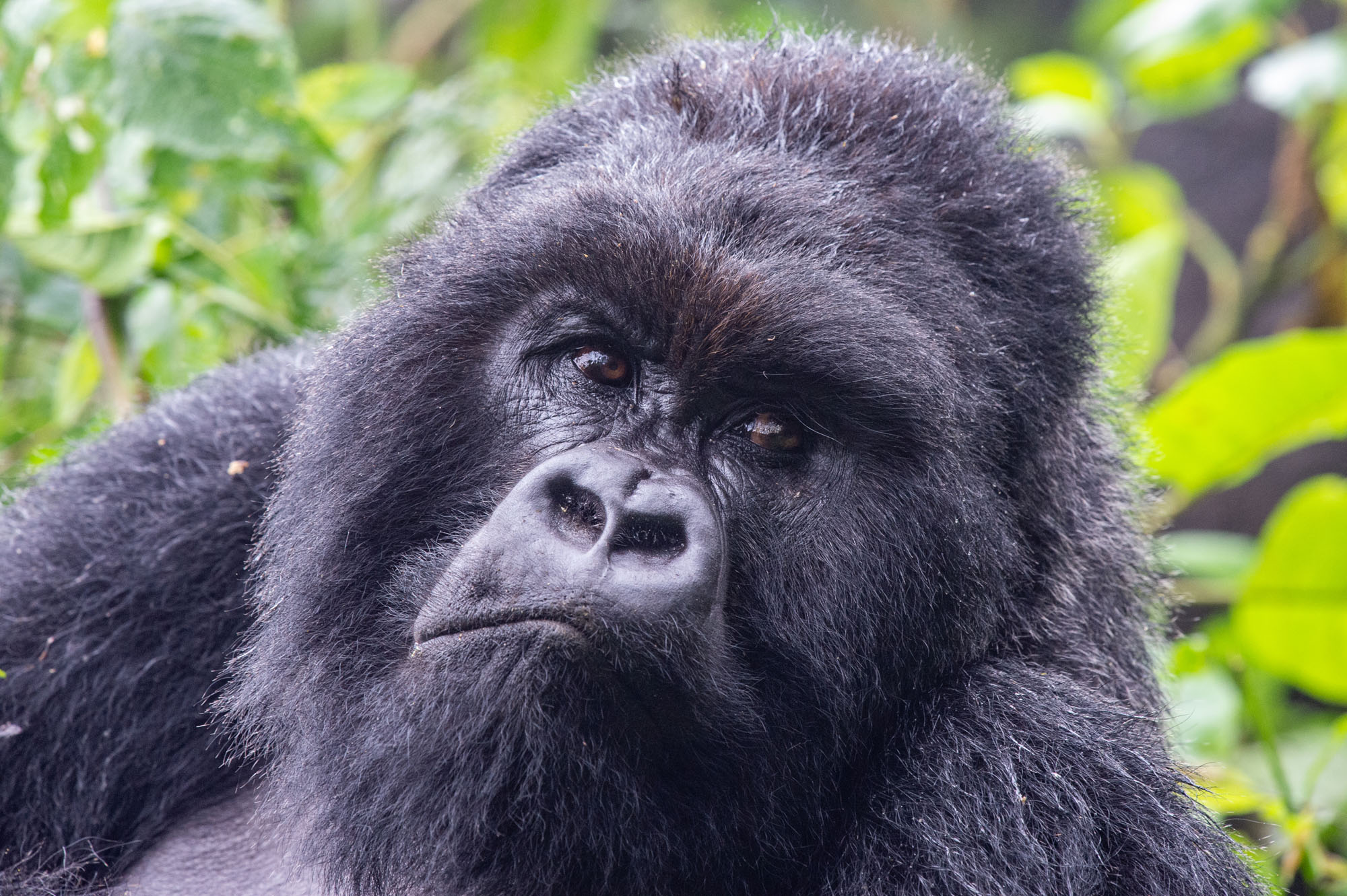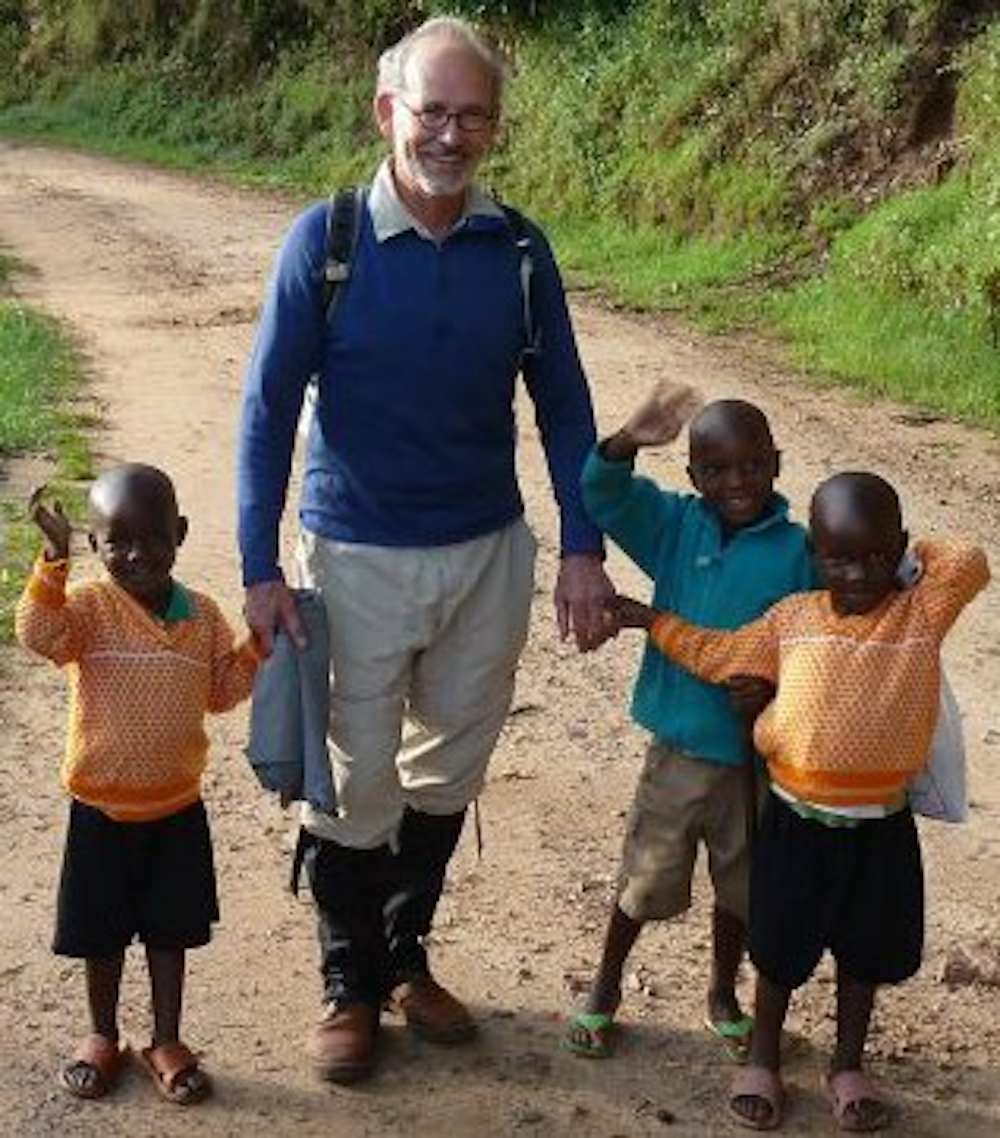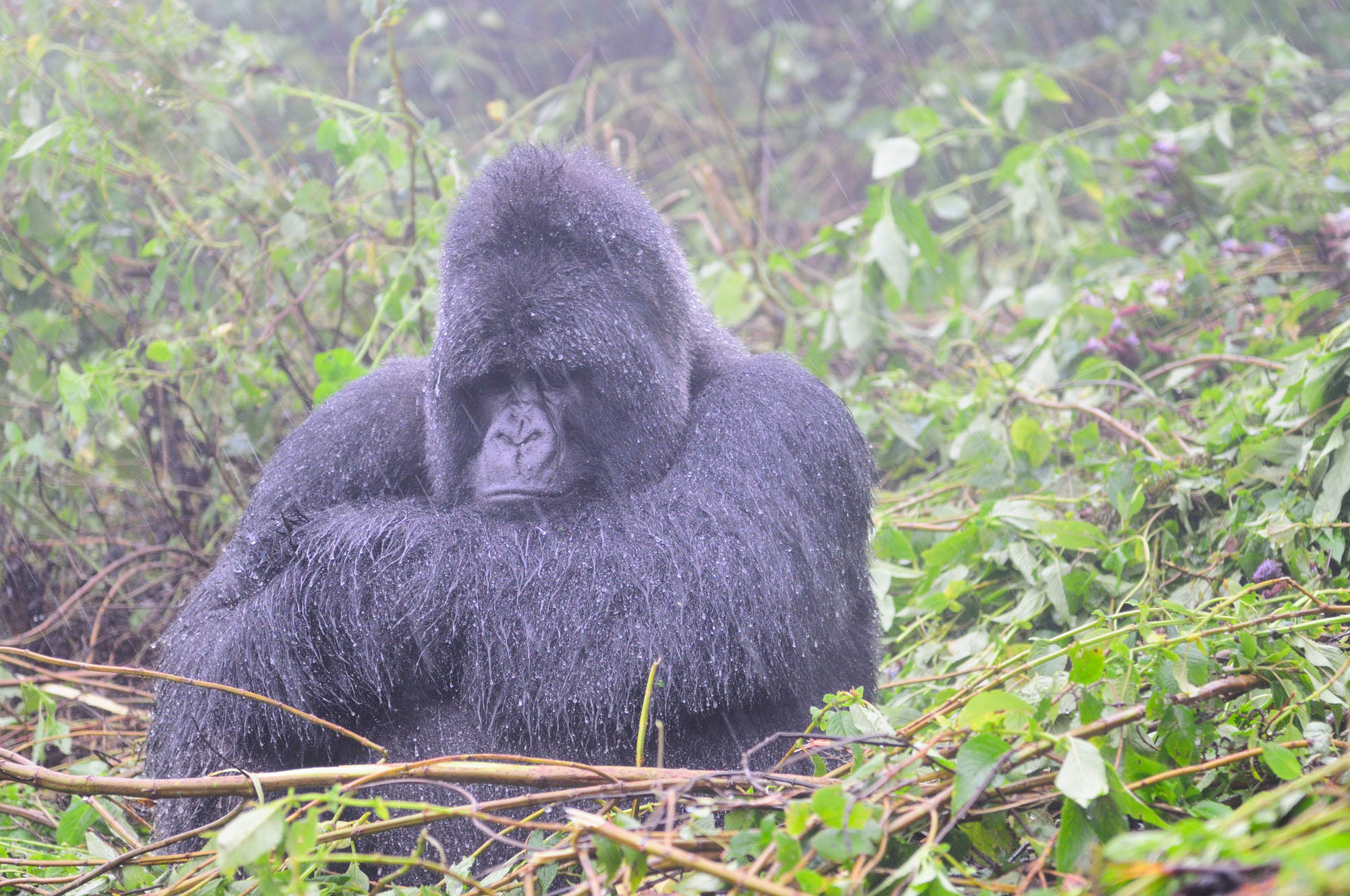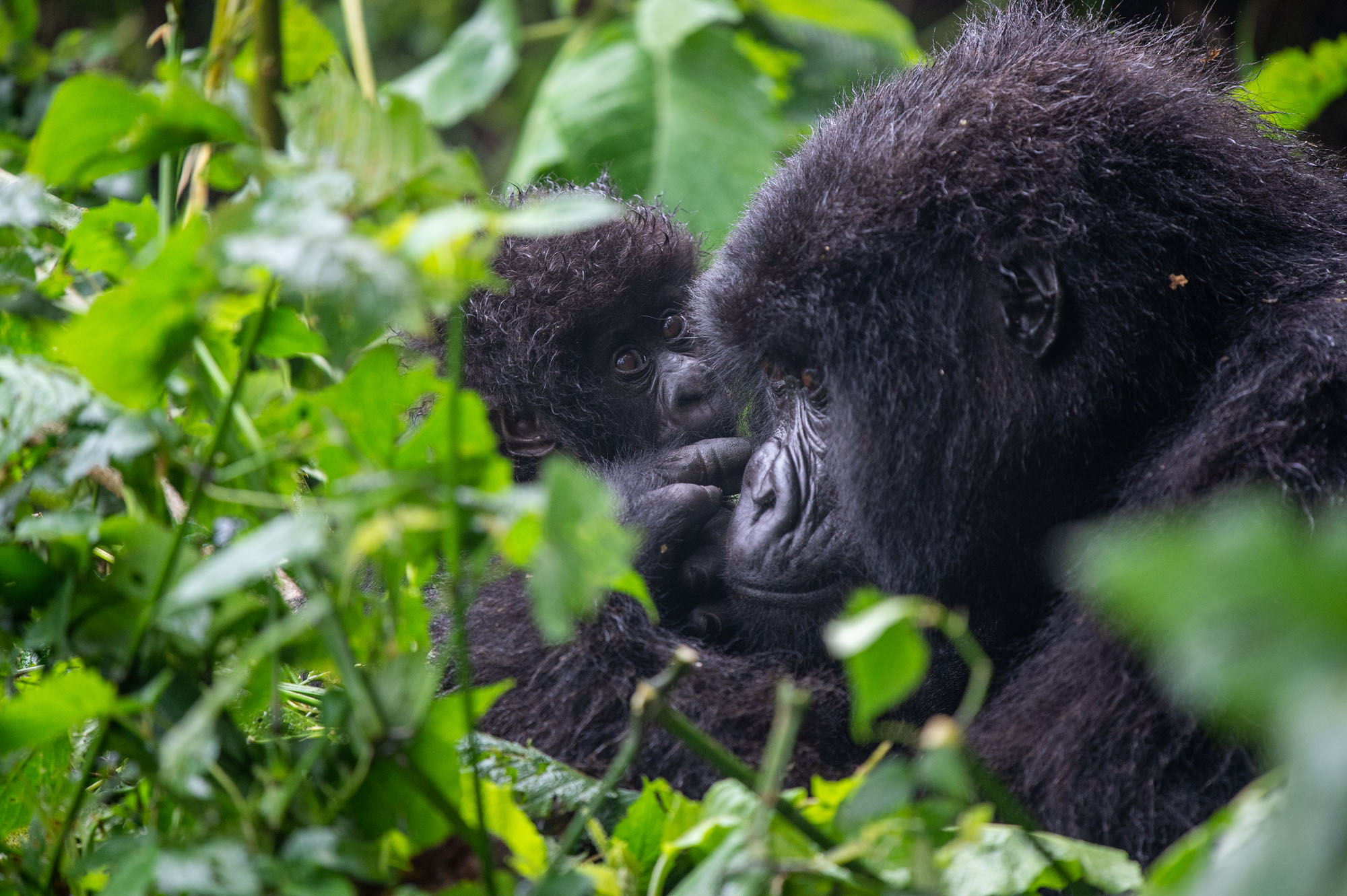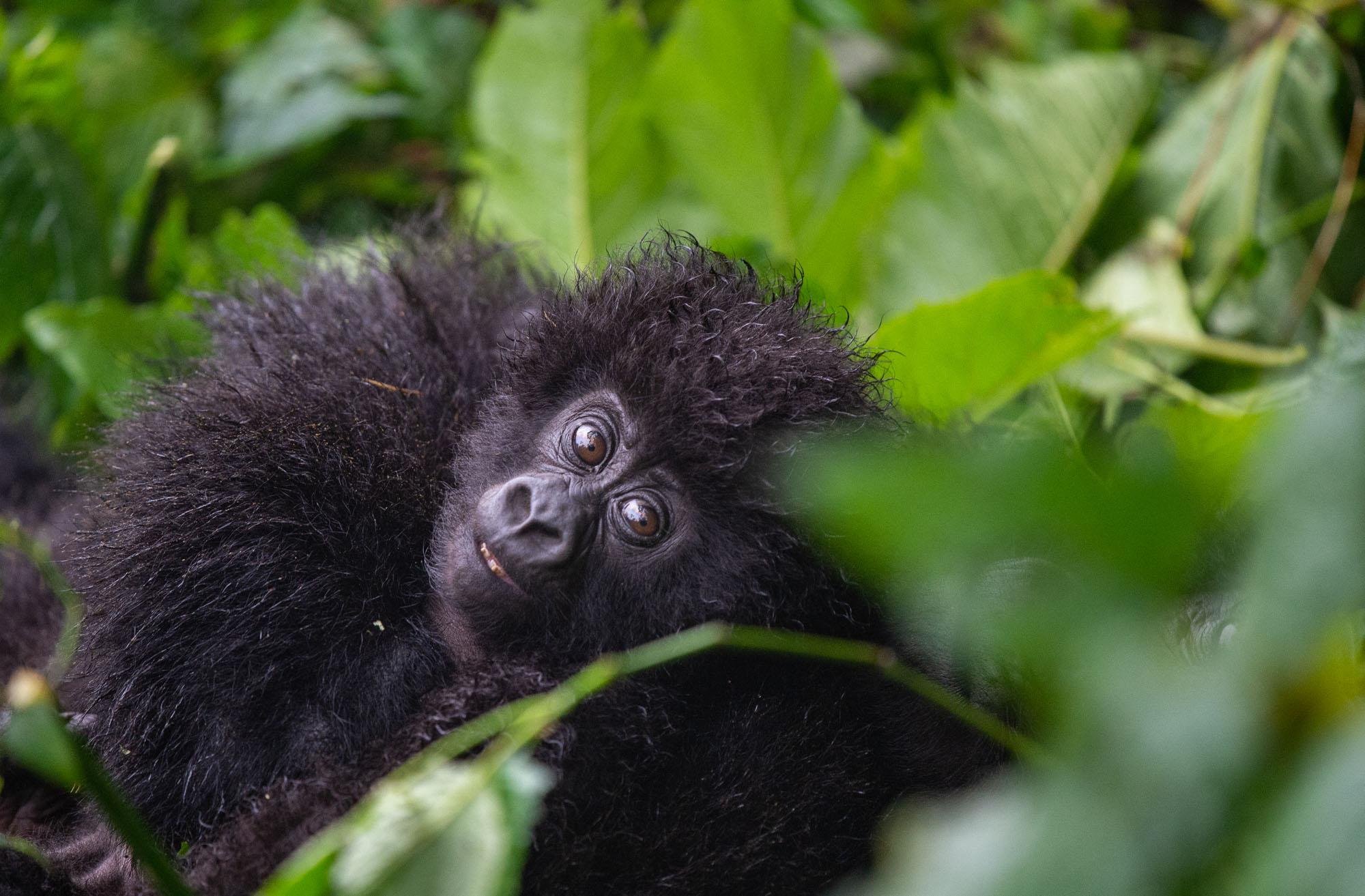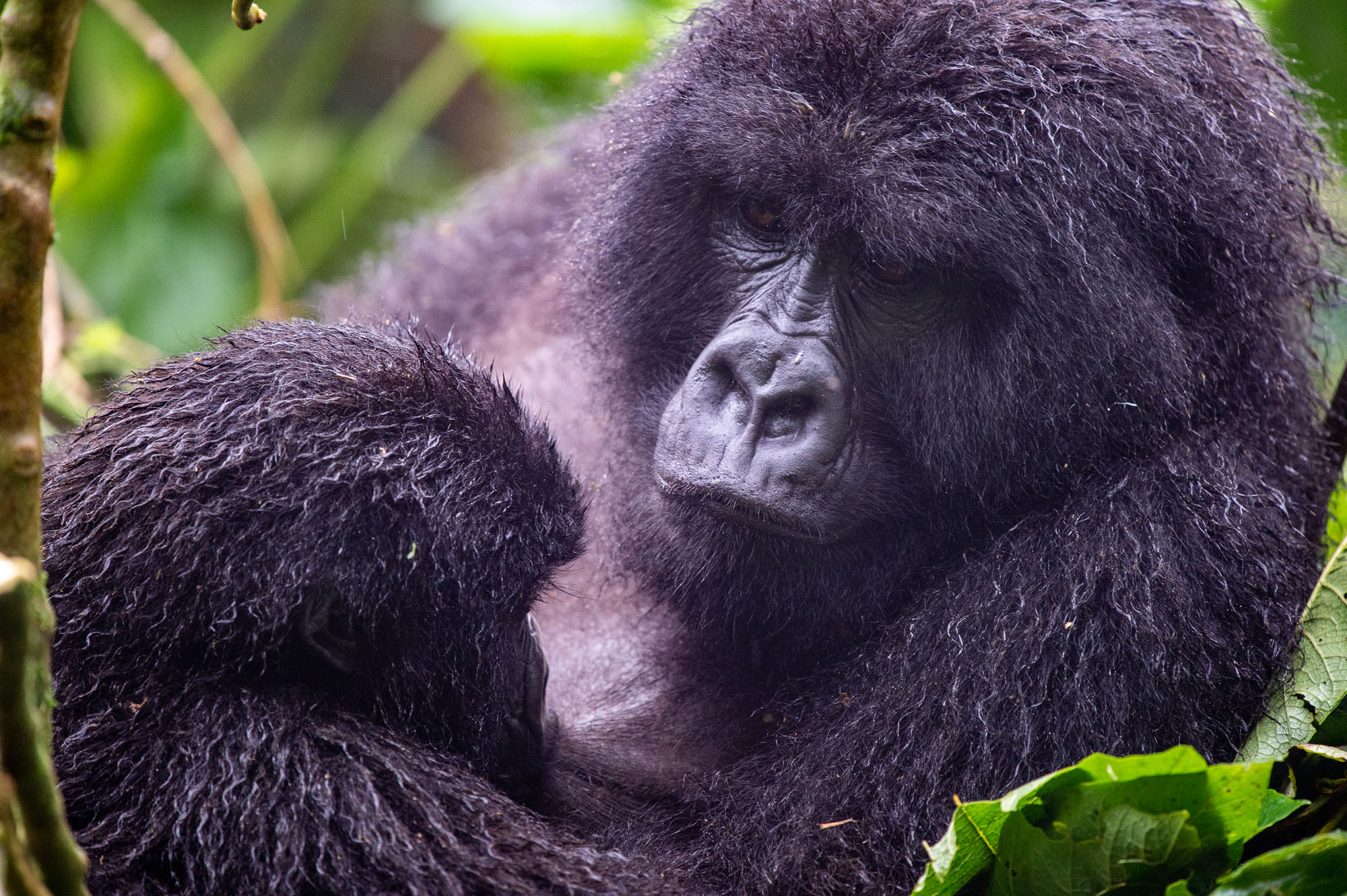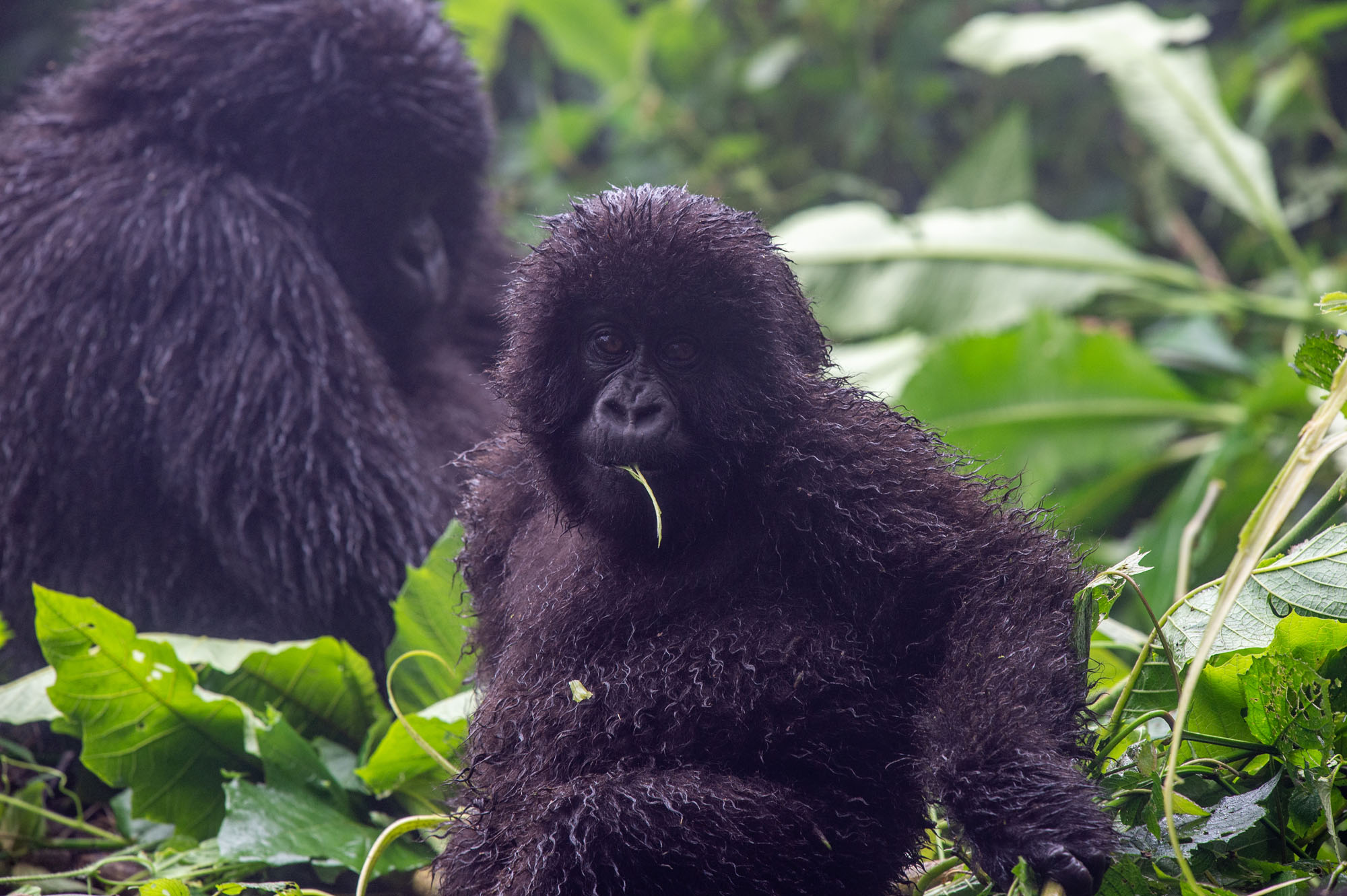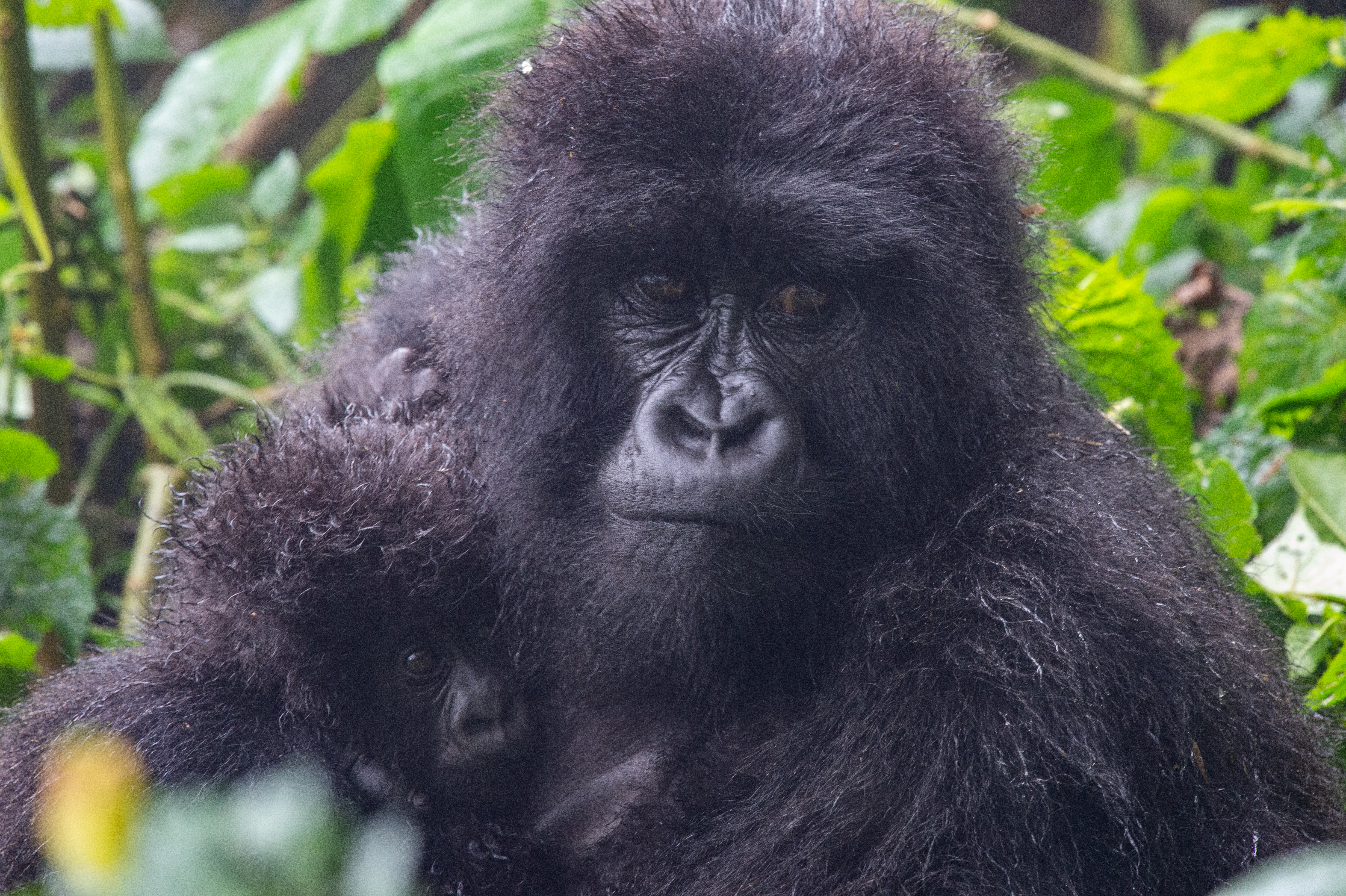Reviewing the trips which our Fish Eagle Safaris guests will be embarking on over the remainder of 2024, several more of our ‘Groundhog Day’ properties popped up. These are places where we would be happy to wake up every day for the rest of our lives. Eat your heart out, Bill Murray.
Jao Camp, Okavango Delta – Botswana
Imagine being dropped off – blindfolded – on a small island in the Okavango Delta. As the helicopter noise fades into the background, you take off the blindfold. Where are you? It could be one of dozens of spots in the Delta. All stunningly beautiful, but not distinctively unique. Not so the Jao Concession in the western part of the Delta. Here, the typical Delta mosaic of palm-fringed islands, crystal clear waterways, papyrus-fringed lagoons and lush reedbeds takes on an identity of its own. Practically unmistakeable. Even on just my second visit, it became clear that this part of Northern Botswana was special and unique.
There are several superb safari camps in the concession, with Wilderness’ Jao Camp at the pinnacle of luxury, comfort and all-round excellence. There are pretty spots in the Delta, and gorgeous riverine forests, and then there’s the spot where Jao was built. When on safari I suffer from pretty intense FOMO and almost never miss a game drive. At Jao, the tables are turned. You could miss out by getting into a vehicle and leaving camp. This is where you want to spend an extra night or even two, to revel in the sybaritic splendor of the spacious and elegantly designed tents, to linger over an exquisite dinner in the museum room, or to just spend a few hours on the verandah, soaking in the atmosphere. The entire camp is elevated about 3 to 5 meters above ground level, enhancing the views and adding a tree-house like feel. Sooner or later you might actually feel like venturing out, and of course there’s plenty to do beyond R & R. The camp offers daily guided wildlife safaris, as well as boat trips and mokoro excursions (subject to water levels), allowing visitors to explore the rich biodiversity of the Okavango Delta.
Mashatu Euphorbia Lodge – South Africa
Mashatu Euphorbia Villas is about as close as a safari lodge gets to being a work of art. It all starts with a winding drive up a steep hill into the most enchanting euphorbia forest you’ve ever seen. These stark, foreboding cactus plants – sometimes referred to as candelabra trees – loom alongside the drive into camp, a harbinger of what is to come. Crest the hill and suddenly you’re looking at as dramatic an entrance as there is to any safari camp in Africa. The experience builds from there. A stunning lounge and dining area – not to mention the outdoor space, the boma and the nest seating area, perched on the edge of a 30-meter high cliff. The view? You just have to see it in person. During our recent visit the same superlatives could be heaped on the suites and the food. Impeccable.
The game viewing experience at Mashatu is exceptional, with three species of big cats – lions, leopards and cheetahs – being seen regularly. This alone makes Mashatu a desirable destination, but there’s a lot more. Mashatu’s elephants are known for being tolerant to the presence of vehicles and you are likely to get surprisingly close to them from time to time. Other notable species include giraffes, zebras, eland (Africa’s largest antelope) and brown hyenas. Expert guides will take you on game drives or walks through the reserve, and as there is no prohibition on driving off-road or at night, you will almost assuredly have multiple opportunities to get close up and personal with many of these special mammals and the superb birdlife. Done enough game-driving? There are many other (optional, at additional cost) activities to enjoy at Mashatu including horseback riding, mountain biking, observing the animals and birds from a hide/blind (subject to availability) and bird watching.
Sabyinyo Silverback Lodge – Rwanda
Wilderness Sabyinyo Lodge is hands down our favorite property in the Volcanoes National Park area. This beautiful lodge is located in a lush garden setting (the golden monkeys sometimes make a surprise visit) at the base of the Volcanoes National Park, with gorgeous views over the valley below and up towards several dormant volcanoes in the background. It is just minutes away from the Volcanoes National Park headquarters for the morning briefing before gorilla treks. The hospitality, food and rooms – and the main lodge – are all first class, and the lodge is 100% community-owned, with a sterling conservation ethos. There are several other lodges in the area with an even higher price tag (Sabyinyo is no slouch in that department) and bigger, fancier, rooms. We like Sabyinyo for providing an all-round stay which feels like spending time at someone’s private mountain lodge. Everything is to scale, it is relaxed yet with good attention to detail, and just feels like it fits into the environment without being jarring or out of place in any way.
Victoria Falls Hotel – Zimbabwe
There’s really no more interesting or fascinating place to spend a couple of nights in Vic Falls, than the Victoria Falls Hotel. Despite having all of the modern conveniences and much improved food and beverage service (compared with a few years ago), the hotel has lost none of its old-world charm. Staying there feels every bit like being transported back to the early 1900’s. Beautiful gardens, a first-class curio shop, interesting restaurants (one of which puts on a traditional dancing performance nightly) and ideally located to venture out on activities. The Victoria Falls Hotel is not only the ‘grande dame’ of all the hotels in the village, it also occupies a prime spot with a superb view over the Batoka Gorge, with the bridge spanning the chasm between Zimbabwe and Zambia right in the line of sight. Truly a timeless classic which has been carefully nurtured and maintained over the years, with all the rooms now fitted with modern bathrooms, air-conditioning and Wi-Fi. The grounds and the public areas are worth exploring with a myriad of birds and smaller mammals around.
Tswalu Motse, Cape Kalahari – South Africa
Tswalu is one of our favorite properties for many reasons, mostly because of the excellent game viewing and particularly the chance to see some special mammals such as habituated meerkats, black rhino and both pangolin and aardvark. It also has lots of desert-adapted animals like bat-eared foxes, gemsbok and springbok. Plus good predator numbers including cheetahs and lions. Tswalu includes a private guide and vehicle with all bookings and the guiding is superb. At Tswalu, you will also have the opportunity (included for all guests) to dine at Klein Jan, created by South Africa’s first Michelin Star chef Jan Hendrik van der Westhuizen, who owns Restaurant Jan in Nice, France. Klein Jan has become one of the world’s go-to restaurants despite its remote, isolated location in the Northern Cape’s Kalahari Desert.
Thinking about including one or more of these stellar properties in your first or next trip to Africa? Call our Houston office at 1-800-513-5222 any time during business hours, Monday to Friday, CDT or email me at bert@fisheaglesafaris.com.


